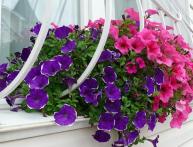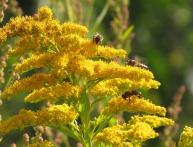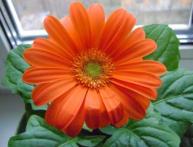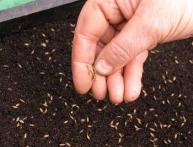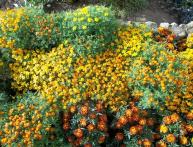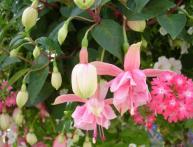Alpine eryngium - a mysterious plant
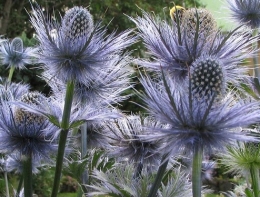
Many alpine eryngium called an amazing, mysterious, unusual, even alien and Martian plant. Why is this representative of the celery plant so striking?
The genus eryngium has about 200 species and they are common in temperate regions of the planet.
A surprising feature of most eryngium species is that coloring of inflorescences: from blue and blue-blue to amethyst of varying intensities. What’s curious is that, depending on the variety, not only the inflorescences, involucre leaves, and the upper part of the shoots are painted in different shades of blue, but also the entire plant, as if the bush had been dipped into a vessel with metallic blue paint.
The leaves of the alpine eryngium are green, gray, striped, with marbled streaks.
Contrary to the name, some inflorescences are not blue, but green. By the way, the intensity of the blue color depends on the species, varietal characteristics, and growing conditions. Alpine eryngium should be placed in sunny areas, since lack of lighting affects development, the stems become elongated, lie down, and the plants do not acquire a distinctive color.
Most blueheads prefer dry drained, poor soils, the inflorescences on such lands are the most vibrant. It has been noted that the color of eryngium is maximally saturated when lime is added to the soil.
The peak of flowering for many species is the second half of summer, while the flowering itself lasts until late autumn.Even in winter, these strange plants with unusual colors are an excellent decoration for the garden.



